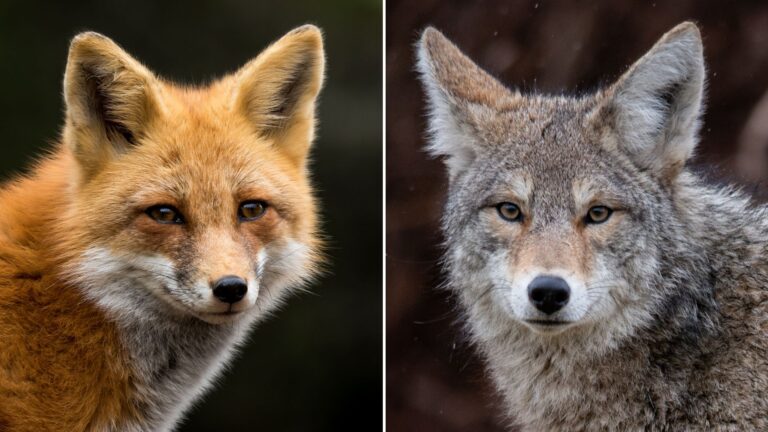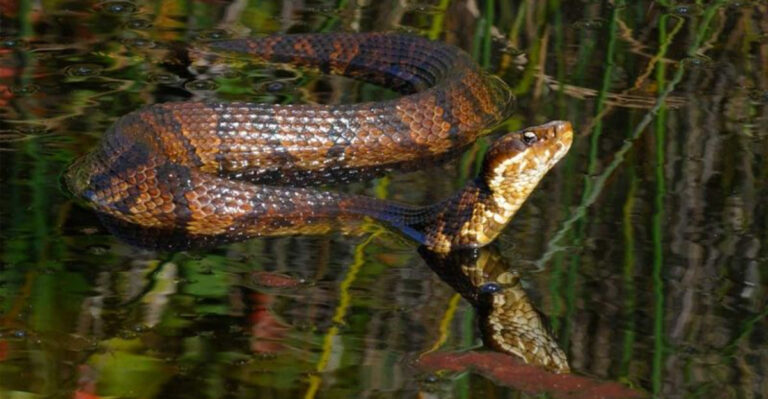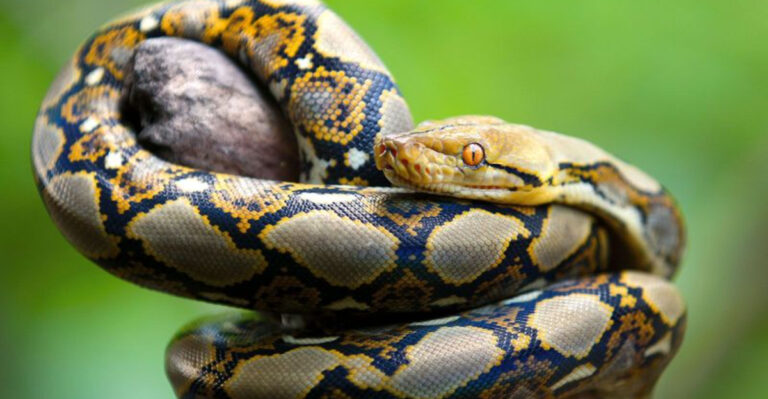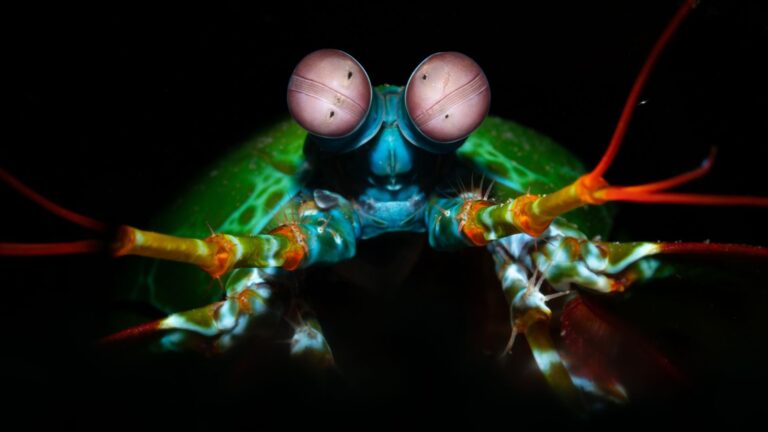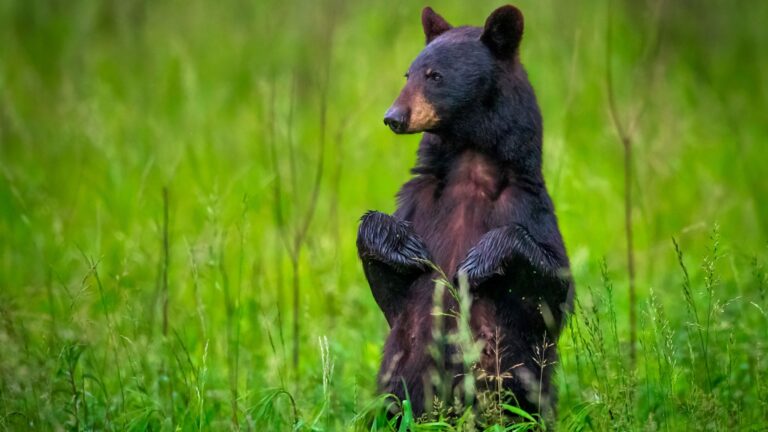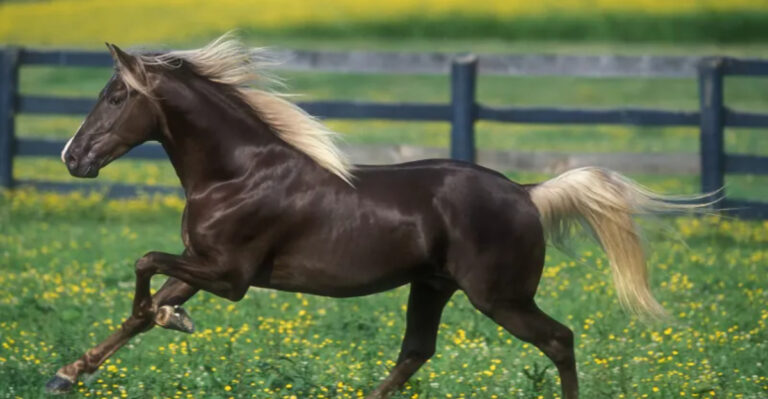15 Species Extinct Since 1875
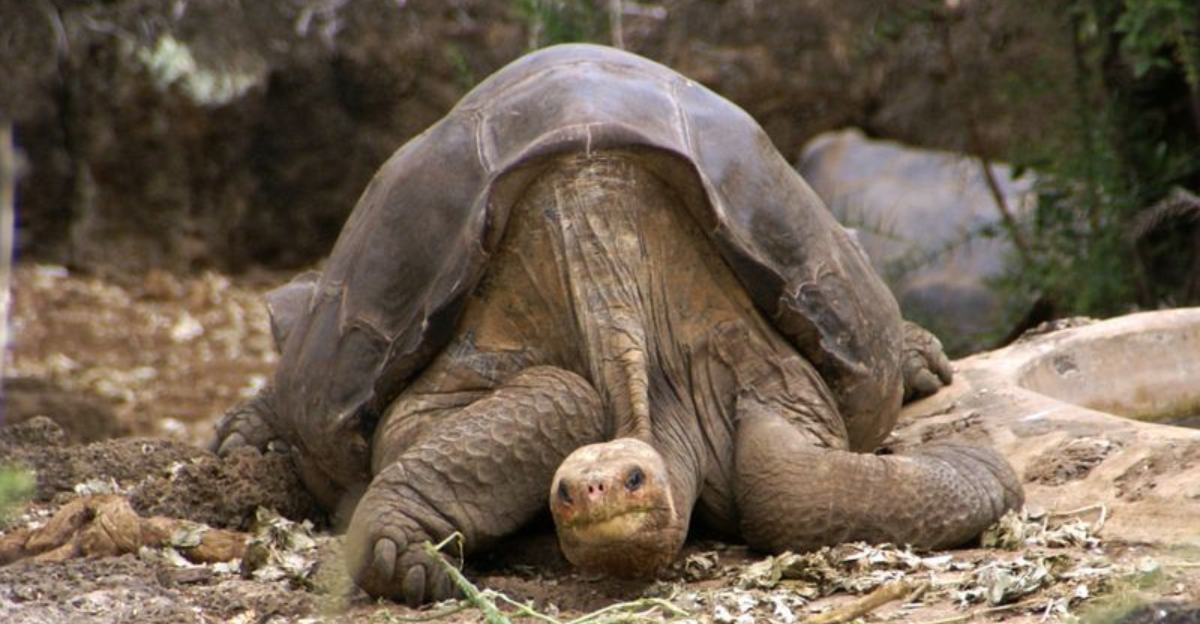
Our planet has lost countless species due to human activities like hunting, habitat destruction, and pollution. Since 1875, many remarkable creatures have disappeared forever, leaving only museum specimens and old photographs as evidence they once existed.
These extinctions represent not just the loss of unique animals, but entire ecological relationships that evolved over millions of years.
1. Quagga: The Half-Zebra Wonder
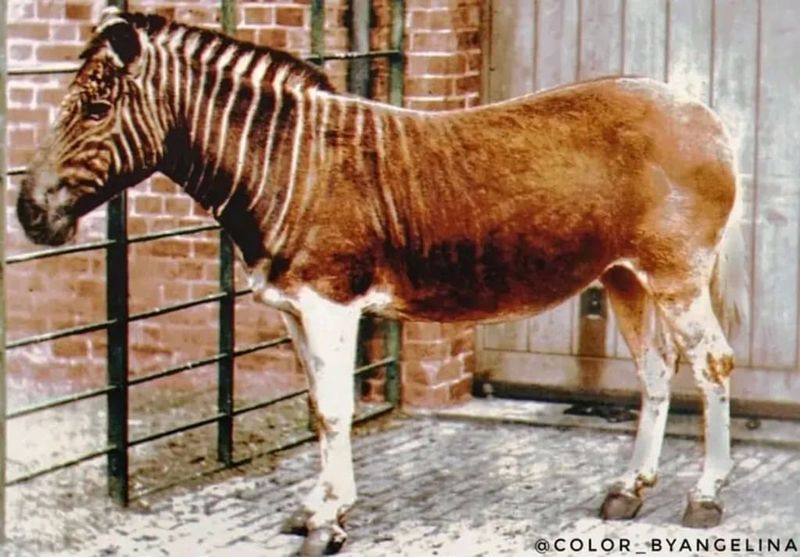
The last Quagga died in Amsterdam Zoo in 1883. Unlike typical zebras, these unique animals had stripes only on their head and neck, with plain brown hindquarters.
Native to South Africa, hunters targeted them relentlessly for their unusual hides and to eliminate competition with livestock. Scientists have attempted to recreate Quagga-like animals through selective breeding of zebras with similar traits.
2. Passenger Pigeon: From Billions To None
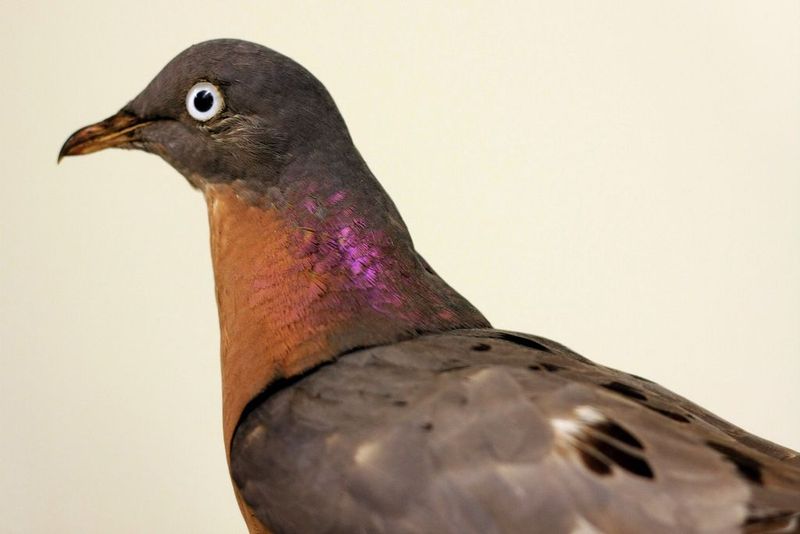
Martha, the last Passenger Pigeon, died at Cincinnati Zoo on September 1, 1914. These birds once darkened North American skies in flocks so massive they took days to pass overhead.
Relentless hunting and habitat destruction drove their astonishingly swift collapse. A species that may have comprised 40% of all birds in North America vanished within decades – a sobering reminder of how quickly abundant species can disappear.
3. Tasmanian Tiger: The Striped Marsupial
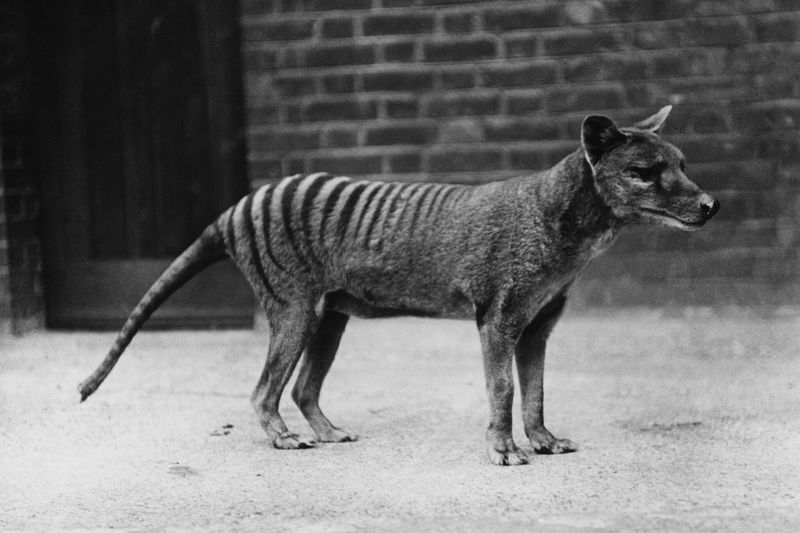
The last known thylacine died in Hobart Zoo in 1936. With its dog-like body, tiger stripes, and pouched reproductive system, this marsupial predator was truly one-of-a-kind.
Bounty hunting decimated their numbers as farmers blamed them for sheep deaths. Grainy black-and-white footage of the last captive individuals haunts wildlife conservationists. Recent alleged sightings fuel hope, but scientific evidence of surviving thylacines remains elusive.
4. Great Auk: The Northern Penguin
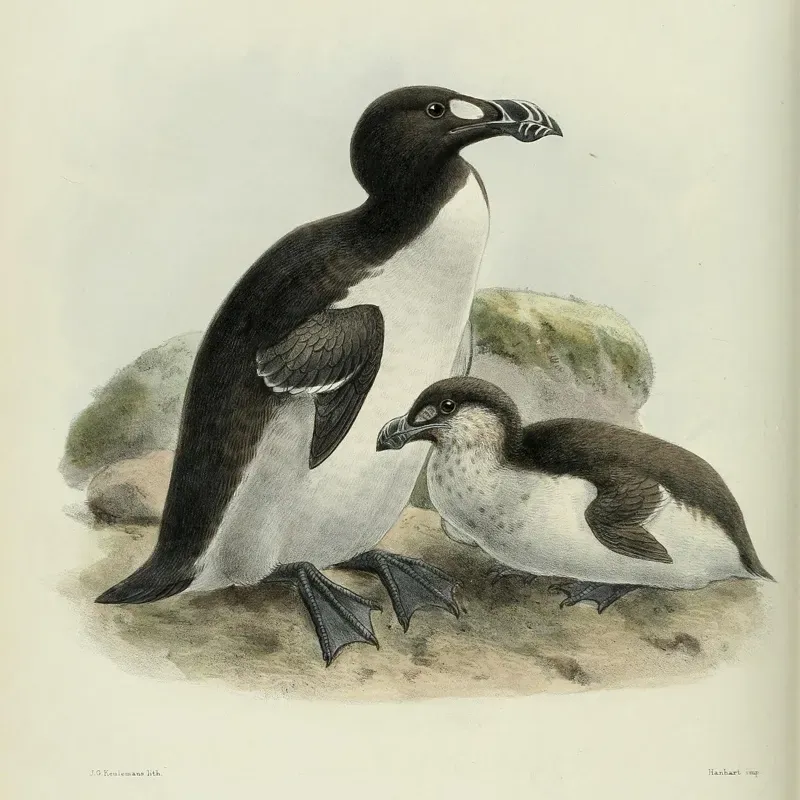
The last pair of Great Auks was killed in 1844 on Eldey Island, Iceland. Standing nearly 3 feet tall, these flightless birds resembled penguins but belonged to the razorbill family.
Sailors hunted them mercilessly for their meat, eggs, and feathers. Their downy feathers were prized for pillows and mattresses. The final pair was strangled while incubating an egg, which was crushed in the process – a brutal end to an ancient species.
5. Carolina Parakeet: America’s Colorful Parrot
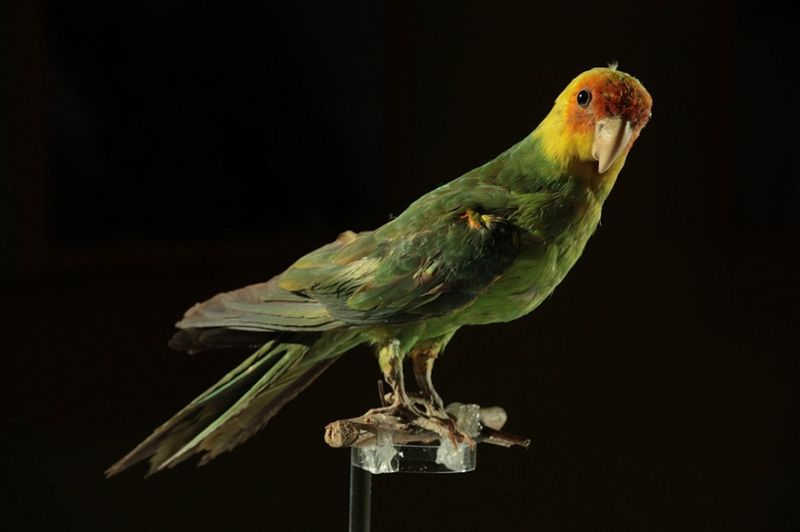
Incas, the last Carolina Parakeet, died at Cincinnati Zoo in 1918. These vibrant green birds with yellow heads and orange faces were the only native parrots in eastern North America.
Farmers shot them as agricultural pests while milliners sought their colorful feathers for fashionable hats. Their social nature proved fatal – when hunters shot one bird, the entire flock would circle back to their fallen companions, making them easy targets.
6. Steller’s Sea Cow: The Gentle Giant
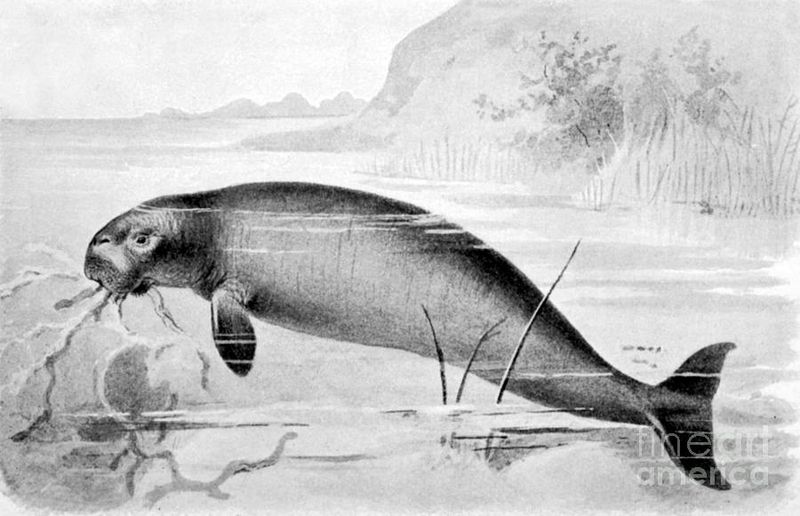
Within 27 years of discovery by Europeans in 1741, Steller’s Sea Cow was hunted to extinction. These massive marine mammals grew up to 30 feet long – three times larger than today’s manatees!
Sailors prized their blubber for oil and their delicious meat. Unable to submerge completely and moving slowly, they were defenseless against harpoons. The last confirmed sighting came in 1768, marking the first marine mammal extinction by humans.
7. Pyrenean Ibex: The Mountain Climber
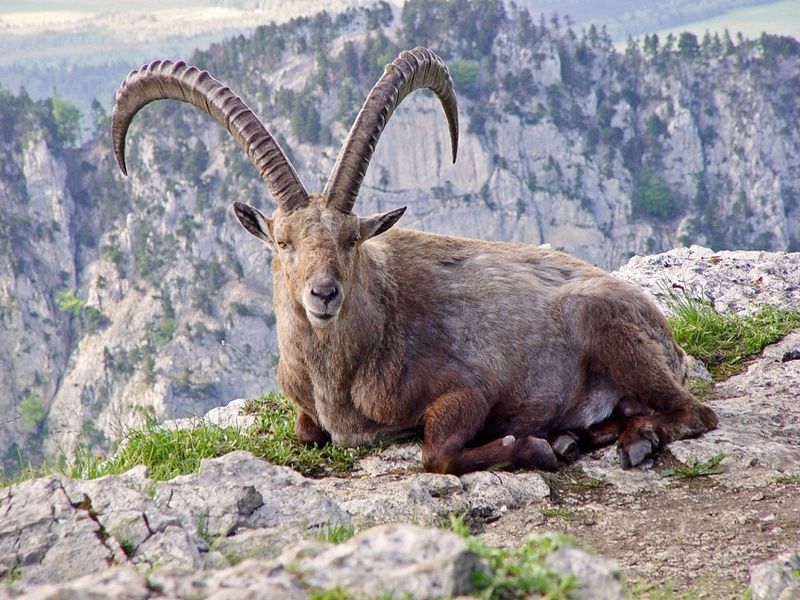
Celia, the last Pyrenean Ibex, was found dead in 2000, crushed by a fallen tree. These nimble mountain goats once bounded across the rugged Spanish-French border region with magnificent curved horns.
Hunting pressure and competition from domestic livestock drove their decline. Scientists briefly “de-extincted” this species in 2003 by cloning Celia’s cells, but the clone survived only seven minutes due to lung defects – making the ibex the first species to go extinct twice.
8. Laughing Owl: New Zealand’s Lost Hooter
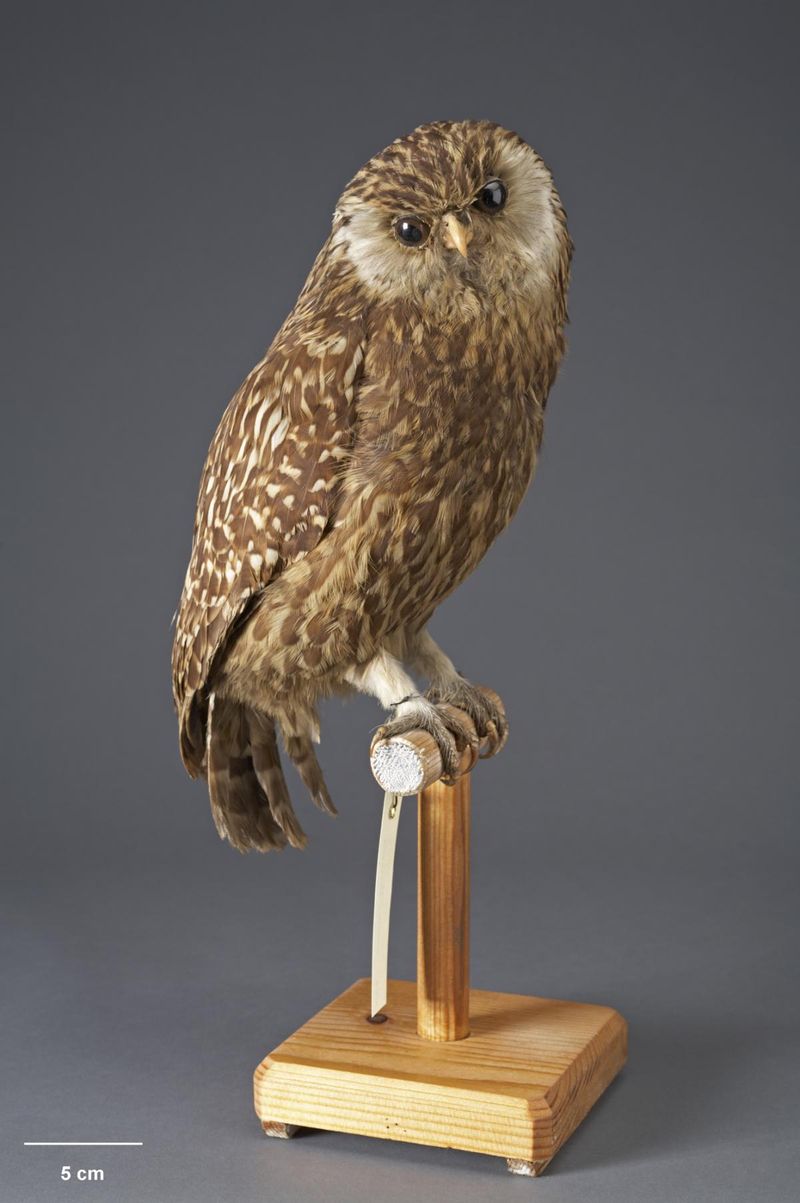
The last confirmed Laughing Owl died in 1914 in New Zealand. Their eerie calls, described as “a series of dismal shrieks,” echoed through the night and gave them their distinctive name.
European settlement brought rats, cats, and ferrets that preyed on these ground-nesting birds. Farmers also cleared their habitat for agriculture. Several specimens were collected just before their extinction, including one found dead on a roadside – silent forever.
9. Baiji: The Yangtze River Dolphin
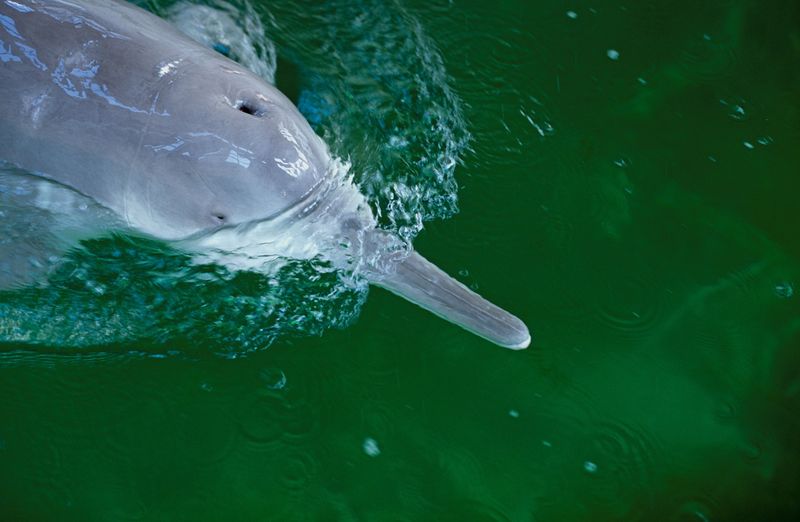
The Baiji was declared functionally extinct in 2006 after an extensive search found no individuals in China’s Yangtze River. These pale, almost blind dolphins navigated murky waters using sonar.
Industrial pollution, boat traffic, fishing gear entanglement, and dam construction destroyed their habitat. Known as the “Goddess of the Yangtze,” they featured in Chinese legends for centuries. Their disappearance represents the first dolphin species driven to extinction by human activities.
10. Schomburgk’s Deer: Thailand’s Forest Dweller
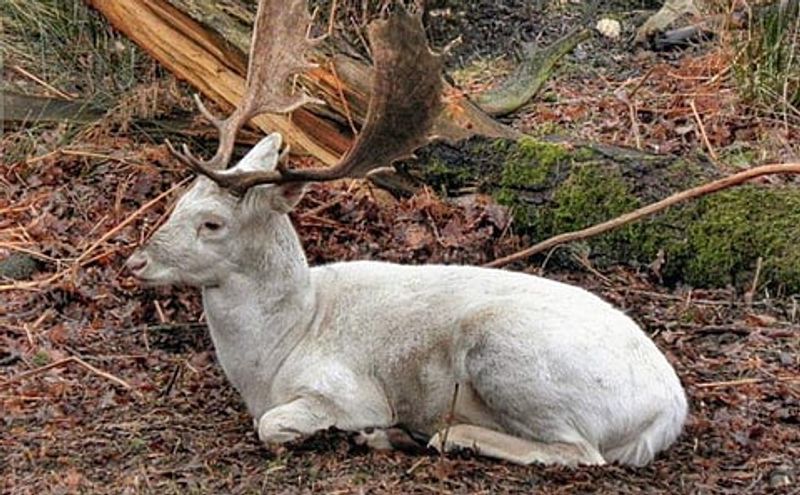
The last captive Schomburgk’s Deer died in 1938 in Thailand. These elegant deer sported basket-shaped antlers with distinctive brow tines that could spread up to 35 inches wide.
Extensive flooding from rice paddy development destroyed their swampy habitat. Hunters also targeted them for their impressive antlers used in traditional medicine. Some scientists hold out hope that small populations might survive in remote Laotian forests, though no confirmed sightings exist since the 1930s.
11. Golden Toad: The Brilliant Amphibian
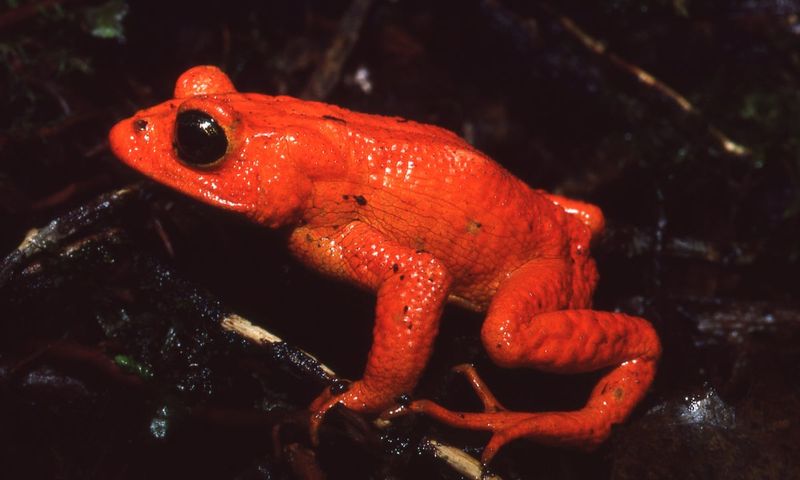
The Golden Toad vanished from Costa Rica’s Monteverde Cloud Forest in 1989. Male toads displayed brilliant orange skin that seemed almost artificial in its intensity.
Scientists believe climate change altered the misty cloud forest conditions these amphibians required. Their disappearance became an early symbol of the global amphibian extinction crisis. Despite intensive searches, no individuals have been seen since 1989, and they were officially declared extinct in 2004.
12. Pinta Island Tortoise: Lonesome George’s Legacy
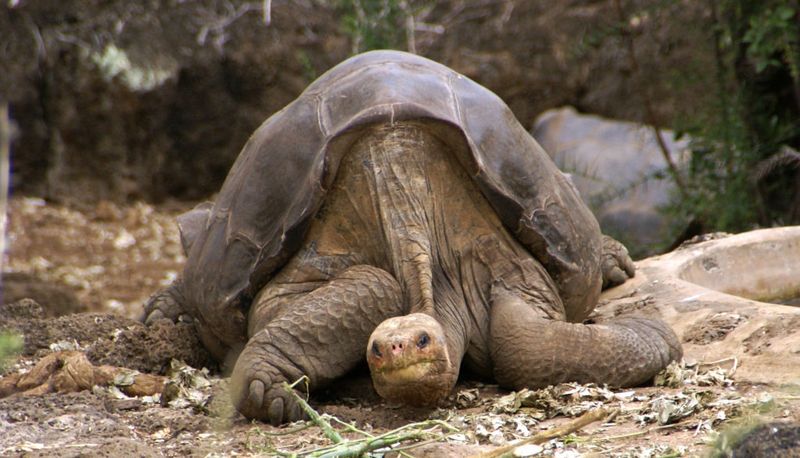
Lonesome George, the last Pinta Island Tortoise, died in 2012 at an estimated age of 100. His species evolved in isolation on a single Galápagos island, developing unique shell shapes and feeding adaptations.
Sailors collected tortoises as living food supplies on ships, devastating their populations. Conservation efforts to find George a mate failed despite global searches. His preserved body now serves as a powerful reminder of extinction’s permanence and the fragility of island ecosystems.
13. Western Black Rhinoceros: Lost African Giant
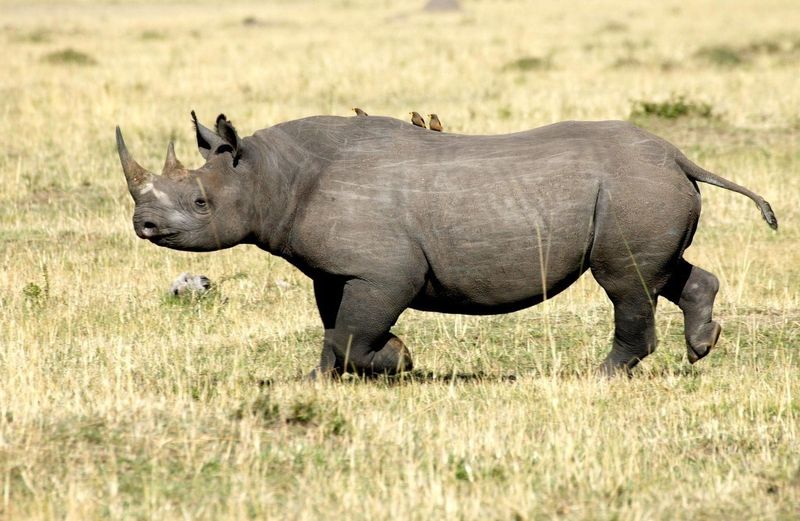
The Western Black Rhinoceros was declared extinct in 2011 after no sightings since 2006. These massive creatures weighed over 3,000 pounds and featured two impressive horns – the front one reaching up to 55 inches long.
Poaching for their horns, used in traditional medicines and as status symbols, drove their rapid decline. Their disappearance came despite conservation efforts across their West African range. Four other rhino subspecies remain critically endangered, facing similar threats.
14. Caribbean Monk Seal: The First Marine Mammal Loss
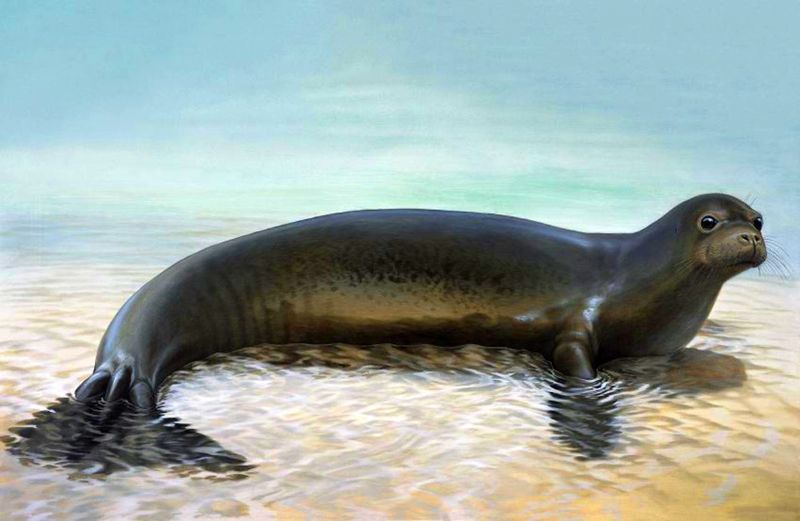
The last Caribbean Monk Seal was spotted in 1952 near Jamaica. These curious seals once lounged on beaches throughout the Caribbean, from the Bahamas to Mexico’s Yucatán.
Colonial-era sailors hunted them relentlessly for their blubber oil, meat, and hides. Their trusting nature made them easy targets. Declared extinct in 2008, they represent the only seal species humans have driven to extinction and the first North American marine mammal lost in modern times.
15. Javan Tiger: Indonesia’s Striped Predator
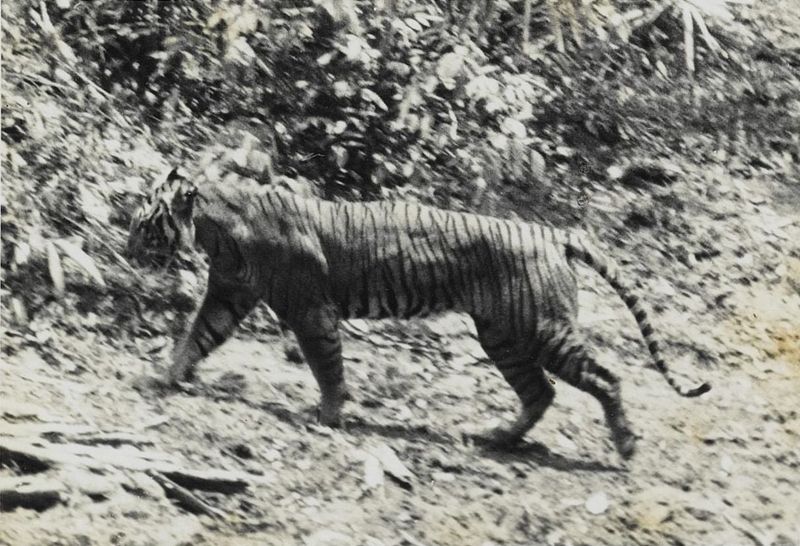
The Javan Tiger disappeared in the 1980s, with the last confirmed sighting in 1976. Smaller than their mainland cousins, these tigers evolved distinct stripe patterns and behaviors on their isolated Indonesian island.
Habitat loss from rice cultivation and teak plantations pushed them into shrinking forest pockets. Villagers also hunted them as dangerous pests. Their extinction came despite last-minute protection efforts. Today, only three tiger subspecies remain from the original nine.

